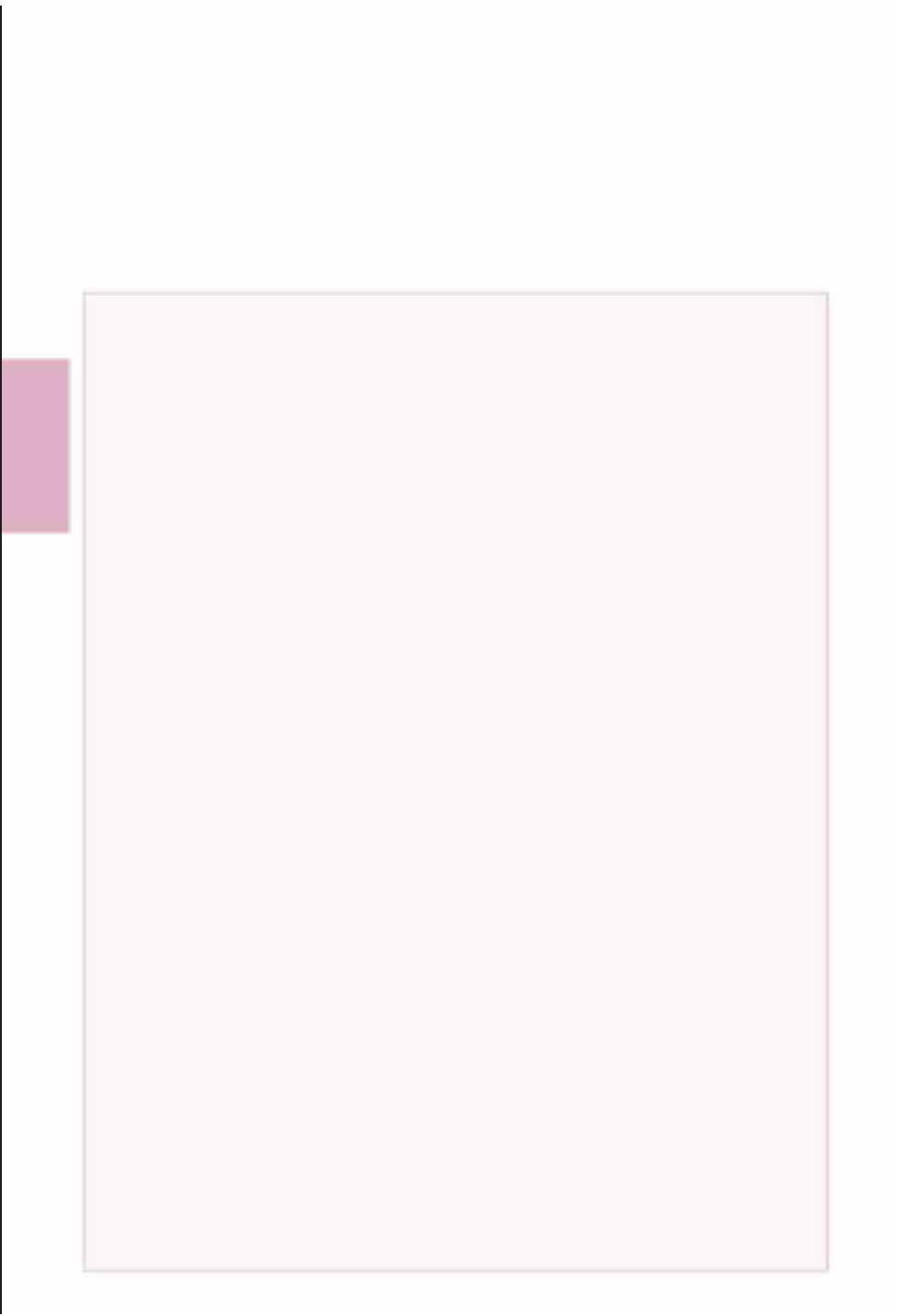Travel Reference
In-Depth Information
ACCOMMODATION
La Casa del Mono
C Federación 16
T
0268 251 1590,
E
info@araguato.org. A well-equipped and attractive
posada run by Araguato Expeditions (see p.885). Stylishly
decorated rooms (with shared or private bathrooms)
come with mosquito nets, and there is a court
yard wi
th
hammocks, kitchen, public computer and wi-fi.
BsF150
Casa Tun Tun
C Zamora
T
0268 404 4260,
E
casatuntun
@hotmail.com. A relaxed atmosphere generated by
Parisian owner Damien and his wife Norka,
Tun Tun
has
everything you could want from a posada: hammocks,
wi-fi, kitchen, barbecue, clean rooms with a/c (some with
en suite) and a good selection of board games. The only
room without a/c is a
triple, co
sting BsF140, a particularly
good deal for groups.
BsF200
Ì
Posada El Gallo
C Federación 26
T
0268 252 9481,
E
posadaelgallo@gmail.com. This beautiful French-run
colonial townhouse is a popular spot for backpackers
(including non-guests) to hang out in. Beer is on the
honour system and there is an abundance of hammocks to
swing in. Two dorm rooms are useful for solo travellers,
while the intimate doubles are fan cooled, some with
CROSSING INTO COLOMBIA
There are three main
border crossings
between Venezuela and Colombia. The northernmost,
at Paraguachón, offers the best connections to coastal cities like Cartagena; Cúcuta has
onward services to Bogotá. Before leaving Venezuela you must pay the BsF90
exit tax
(in
bolívares) and get your passport stamped by the nearest SAIME emigration o
ce. Once you
cross the border, immediately visit the nearest Colombian immigration o
ce for an entry
stamp and set your watch back a half-hour.
Relations between Venezuela and Colombia are volatile, and can deteriorate at short notice.
It is wise to seek up-to-date advice on the current political situation, and on
security
, before
using any of the three crossings.
PARAGUACHÓN
MARACAIBO
MAICAO
Take a
por puesto
from the
Maracaibo
terminal to
Maicao
, Colombia (several daily until
4pm; 3hr). From here you can switch to a bus for Santa Marta (4hr), Cartagena (8hr) and
other destinations. Expect numerous police checks on the way to the border and don't be
surprised if they decide to search you. The Venezuelan and Colombian passport stamping
points are 200m apart on the border itself. However, the point for purchasing the BsF90
tasa
de salida
is 2km before the border, so make sure you ask your driver to stop briefly so you
can buy it. Set off in the morning to ensure that you arrive in Maicao with plenty of time to
catch an onward bus.
CÚCUTA
Open 24 hours, this border is more popular with shoppers, so the lack of border formalities can
make it trying for those leaving Venezuela. Take a bus to
San Cristóbal
, which is served from
numerous destinations including Mérida and Caracas. From the San Cristóbal terminal take a
bus or
por puesto
to
Cúcuta
in Colombia (1hr). On Mon-Sat 8am-6pm you can pay your exit
tax and get your stamps at the border; outside these times you'll need to go to the SAIME
o
ce in
San Antonio del Táchira
(Carrera 9 between calles 6 and 7;
T
0276 771 4453; open
24hr), buy your exit tax at the print shop opposite. From Cúcuta buses run to major Colombian
cities; Bucaramanga (3hr); Bogotá (12hr); Medellín (12hr) and Cali (18hr).
PUERTO CARREÑO/CASUARITO
These are two separate crossings, both accessible from Puerto Ayacucho (see p.897), although
the di
culty of onward transport in Colombia makes this the worst option of the three. No exit
tax or border fees are collected at this border. Go to the SAIME o
ce on Avenida Aguerrevere
in Puerto Ayacucho to get your Venezuelan exit stamp; Colombia entry stamps are obtained
across the border in Puerto Carreño. From the Puerto Ayacucho bus terminal, catch a
por puesto
for El Burro (45min); from here you can take a
lancha
across the Orinoco to the Colombian city
of Puerto Carreño (10min). Alternatively, take a five-minute ferry across the river from Puerto
Ayacucho's port to the small village of Casuarito. From here there are two daily departures
downriver for Puerto Carreño at 7am and 3pm, making this a less reliable option. The onward
journey by road from Puerto Carreño to Bogotá is long and only feasible in the December-
March dry season. Outside of these months the only option is to fly, with three weekly
departures (Tues, Wed & Fri) for Bogotá (see p.495) with Satena (
W
satena.com).
11







































































Search WWH ::

Custom Search